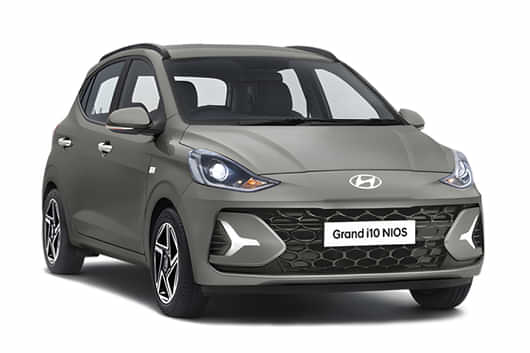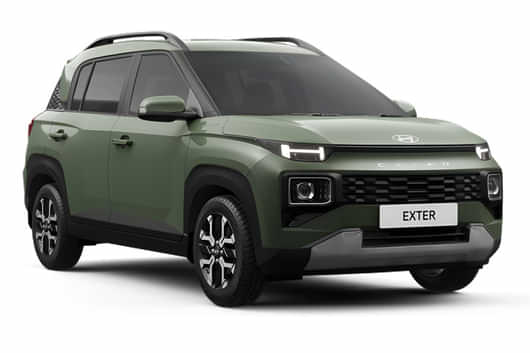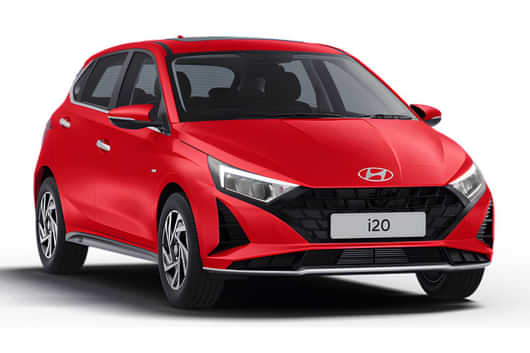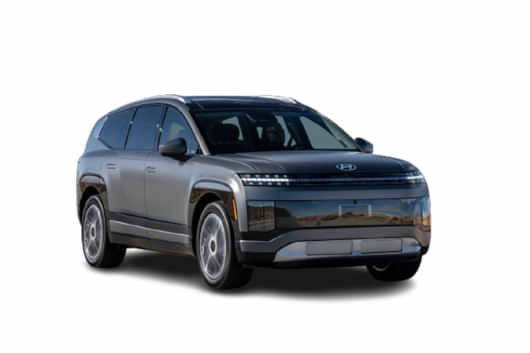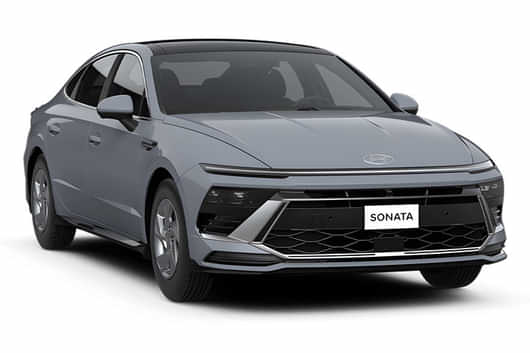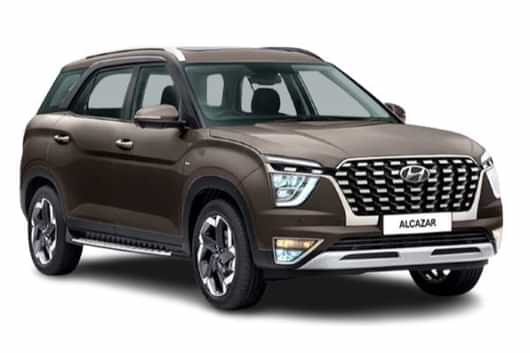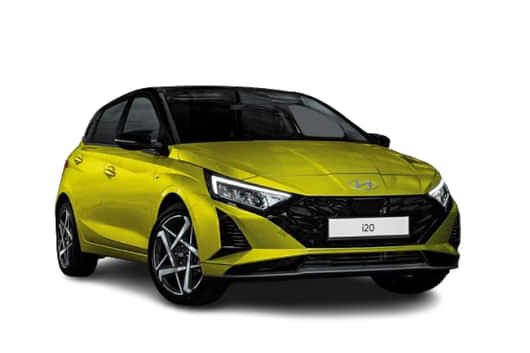
- A quick spec comparison between the Hyundai's EV siblings, Ioniq 5 and Ioniq 6.
- Based on the same E-GMP platform, these electric cars are poles apart in terms of body type.
- Both all-electric vehicles use almost similar battery packs with nearly identical power figures and driving range.
Hyundai recently revealed the Ioniq 5 in India and the bookings for the brand's flagship vehicle in the country are now open. The market launch of the EV is scheduled for January 2023. While we wait for its price reveal, we have another EV from the South Korean automaker, the Ioniq 6 and it will be showcased at the 2023 Auto Expo. Although we don't have any concrete info regarding the launch of the Ioniq 6, we have compiled a quick comparison between the Ioniq 5 and Ioniq 6, to find the key differences between the EV siblings.
Hyundai Ioniq 5 VS Ioniq 6: Exterior design and Interiors

At the outset, both EVs are quite different in terms of exterior design, Ioniq 5 sports a crossover-like stance with its straight hood characterised by sharp lines. On the other hand, the Ioniq 6 is a sleek-looking low-slung sedan and its design is described as an 'Electrified Streamliner'. It can also be said as the sedan version of the Ioniq 5, in some senses. Apart from this, the Ioniq 5 gets a futuristic design theme with some retro elements while the electric sedan's design is more inclined towards modernity.

As said by some senior official of Hyundai Motor America, the Ioniq 5 is aimed at young families while young single professionals is the target market of the Ioniq 6, who are looking for exceptional exterior styling and premium interiors packed with all the bells and whistles. Another differentiating factor between both EVs is the choice of colour options and the Ioniq 6 comes with more options as compared to its crossover sibling.

Although the interiors of both electric vehicles look more or less the same, the Ioniq 5 follows the 'Living Space' theme while the Ioniq 6 gets the 'Ethical Uniqueness' theme. Both themes get multiple interior options, however, there is no clarity on the details of the India spec models. The dashboard layout of both four-wheelers is quite simplistic featuring two 12-inch displays working as an infotainment unit and driver's display. The steering wheel is common on both vehicles, however one major distinguishing element is the presence of a bridge-type centre console on the Ioniq 6, of which the Ioniq 5 is devoid. Along with this, the use of sustainable and eco-friendly materials is common in both four-wheelers.

When talking about design, the drag coefficient is the factor which should be taken into due consideration. The Ioniq 6 flaunts a 0.21 drag coefficient all thanks to a low nose, active air flaps at the front, wheel gap reducers, and optional slim digital side mirrors. The Ioniq 5 is not too far behind with its 0.288 drag coefficient.
Hyundai Ioniq 5 VS Ioniq 6: Dimensions
| Specifications | Ioniq 5 | Ioniq 6 |
| Length | 4,635 mm | 4,855 mm |
| Width | 1,890 mm | 1,880 mm |
| Height | 1,605 mm | 1,495 mm |
| Wheelbase | 3,000 mm | 2,950 mm |
Both EVs are based on a similar E-GMP platform, however, are quite different in terms of dimensions, all thanks to their flexible construction. The Ioniq 6 is longer by 220 mm, while the Ioniq 5 is wider by just 10 mm and being a crossover, it takes away the advantage in height as well. The wheelbase of the electric sedan is shorter by 50 mm.

Hyundai Ioniq 5 VS Ioniq 6: Powertrain
| Specifications | Ioniq 5 | Ioniq 6 |
| Battery Pack | 72.6 kWh | 77.4 kWh/ 53 kWh |
| Power | 217 bhp | 320 bhp/ 228 bhp |
| Torque | 350 Nm | 605 Nm/ 350 Nm |
| Claimed Range | 631 kilometres | 614/ 429 kilometres |
The most crucial part when comparing two EVs is the analysis of battery pack capacity and electric driving range. Both the vehicles are not yet launched in the Indian market and the exact figures may vary as we are comparing the specifications based on the international spec models here. The Ioniq 5 will likely be equipped with a 72.6 kWh battery pack paired to a single rear-wheel drive motor, putting out 217 bhp and 350 Nm of peak torque. The claimed electric driving range of the four-wheeler stands at 631 kilometres. Internationally, the crossover also gets a smaller 58 kWh battery pack and an all-wheel drive setup with the larger 72.6 kWh battery pack.

The Ioniq 6 comes in two battery pack options, a standard 53 kWh and a long-range 77.4 kWh unit. The latter paired with a dual motor AWD setup puts out 320 bhp and 605 Nm of peak torque, while the single motor option is good enough for 228 bhp and 350 Nm of peak torque. The claimed electric driving range for the standard RWD version stands at 429 kilometres, while the long-range RWD Ioniq 6 can do 614 kilometres on a single charge. However, with the AWD onboard the larger battery pack claimed output is 583 kilometres.
Also Read: 2023 New-Gen Hyundai Kona Breaks Cover: India Launch?
Verdict: Ioniq 5 and Ioniq 6 are siblings from the same parent company Hyundai. The target market as well as segment of both vehicles is quite different, but what makes them similar is their roots i.e. the powertrain, underpinnings and equipment on offer. Being the latest model, the Ioniq 6 is comparatively more advanced than the Ioniq 5 and that is reflected by its low drag coefficient. Hyundai has likely used learnings from the Ioniq 5 to make the Ioniq 6 a better product. Apart from this, the Korean carmaker has intentionally created a different product for obvious reasons i.e. to capture a wider market segment with its EV line-up.












